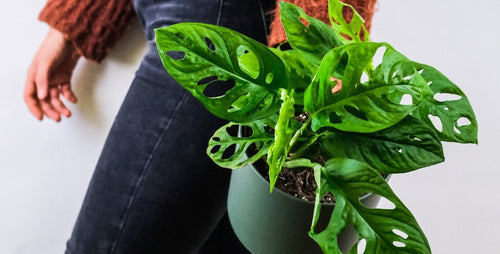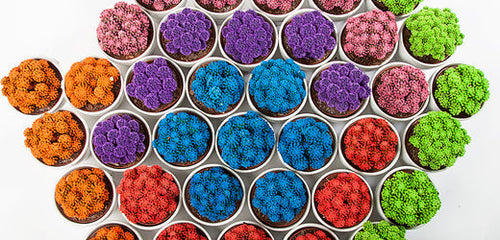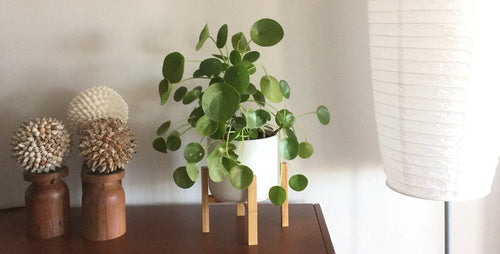 By Karen Weir-Jimerson
By Karen Weir-JimersonIt’s midwinter. It’s cloudy. Cold. And you arrive and leave work in the dark. Do you feel blue? Like many folks, you may be affected by Seasonal Affective Disorder (SAD).
According to WebMD, SAD “is a type of depression that's related to changes in seasons — SAD begins and ends at about the same times every year.” That may explain that nagging, nonspecific malaise you feel in the winter. “If you're like most people with SAD, your symptoms start in the fall and continue into the winter months, sapping your energy and making you feel moody,” says WebMD. Some simply called SAD “winter depression.”
Research reported by the American Academy of Family Physicians, “about 4 to 6 percent of people may have winter depression. Another 10 to 20 percent may have mild SAD.” The AAFG reports that seasonal affective disorder is more common in women than men (by 4 times). Even if you don’t actively feel the symptoms of SAD, the lower light levels and shorter days can make even the sunniest personality feel a bit tamped down.
So what can you do? The Mayo Clinic website offers suggests several types of therapy that range from light therapy (including SAD lamps), medications, such as antidepressants, psychotherapy, and meditation. But there are also easy lifestyle changes that can help diminish the effects of seasonal affective disorder. Here is Mayo Clinic’s prescription for self-administered SAD treatments.Let the sun shine while indoors.
Mayo Clinic suggests that a sunnier and brighter indoor environment helps. They suggest keeping your blinds and curtain open, adding skylights to your home, and trimming away tree branches that block sunlight. Sit near a window at work and home.
 Step outside more often.
Step outside more often. Taking a long walk outdoors is good advice. Soak up the sunshine and get in some steps. Even on cold or cloudy days, the light may improve your mood. Mayo Clinic suggests that spending time outside within two hours of getting up in the morning is the most beneficial.
Increase physical activity.
Exercise helps relieve stress and anxiety. Walking, running, swimming during the winter months will help you combat SAD symptoms. Read more about SAD on the Mayo Clinic site.
If you’ve never raised indoor plants before, a new thing may stress you out. But starting with low-maintenance plants may be the best medicine. Here’s a list of the easiest to care for.
 Snake Plant
Snake PlantYou don’t have to stress over light requirements with snake plant. It grows happily in bright, medium, or low light. Watering is easy too. It can go several weeks between waterings.
ZZ Plant
Grow ZZ plant anywhere in your home or office. If you only have artificial light, it’s no problem for ZZ. If you want to enjoy this plant in a bright window, it’ll love it there, too.
Pothos
This versatile low-maintenance houseplant grows as a vine or fills its pot into a nice mound. Pothos thrives in low light, where it grows more slowly and typically has longer stretches of stems between the leaves. In brighter spots, it grows more vigorously becoming more full and lush.
Do you want to discover more easy-care houseplants?
Top photo by Eli Defaria, middle photo by Clarisse Myer, bottom photo by Charles Deluviol on Unsplash

















